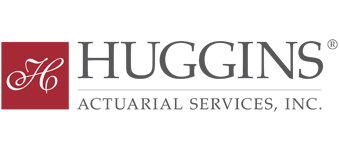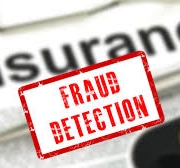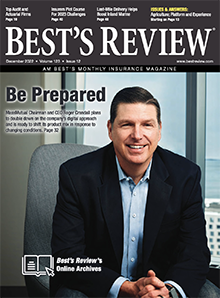Claim Fraud Detection and Predictive Analytics
Nearly one-third of insurers have reported that fraud was as high as 20 percent of claims costs! Fraud and abuse accounts for 5%-10% of claims costs EACH YEAR according to the Coalition Against Insurance Fraud. Many insurers are using predictive analytics to research their claims in order to discover fraudulent claims and excessive demands.
Predictive Analytics – Predicting Future Events
Predictive analytics is a branch of advanced analytics which helps in forecasting activities, trends, and behaviors, based on both new and historical data. It encompasses a combination of several technological techniques, including data mining, modeling, statistics, artificial intelligence, and machine learning. Predictive models are classified into two overall general types: supervised learning, where a dependent variable, i.e., an indicator of suspicious activity, is present in the data, and unsupervised learning, where a dependent variable is not available, and other approaches to finding patterns in data are used. Experts have classified predictive models into two general types; regression and classification; distinguishing between these two depends on the type of the target: numeric versus categorical.
The use of predictive analytics technique is extensive and can be applied to customer relationship management (CRM), healthcare, cross-selling, risk management, underwriting, and fraud detection.
Fraud Detection with Predictive Analytics
With technological advancements, fraud and abuse behaviors are evolving in complexity, which has made it difficult for businesses to prevent fraudulent activities from occurring or react when they do to minimize the financial damages. Predictive analytics is a technology-based approach which helps companies in detecting fraud before it takes place or after it takes place but before significant financial damages occur.
A variety of modeling approaches are used to develop fraud predictive models including:
• Supervised learning
o Regression models
o Classification models
• Unsupervised learning
o Clustering
o Principal components
o Network analysis
To use classification or regression models, a dependent variable related to suspicious behavior is identified, such as Special Investigation Unit referrals, or amount recovered by an SIU investigation.
Unsupervised learning does not require a dependent variable. However, a dataset rich in information that captures patterns associated with fraud or abuse is needed. This might be a detailed claims database, data from a third-party provider, such as medical bill review data, and might include external geodemographic data. The gathered data helps in generating behavioral patterns for all claims and can be summarized using data visualization techniques.
The second step of the process is to identify individual records such as policyholders or claims for follow-up. Using all the generated patterns and decision factors, a data analytics specialist scores each claim or policy. The score is then used to take further management actions such as referring claims to a specialist for further investigation, or alternatively quickly and efficiently issuing a check for the claim amount. The model then helps the company avoid further costs associated with suspicious activity.
All industries, including healthcare, insurance, and financial security are making use of this intelligent technique to predict fraudulent activities and working to create a fraud-free environment.
An Independent Actuarial Firm
Your company might be paying for claims it shouldn’t be. And if it isn’t, how do you prove it to the C-suite or the Board? You need an independent detective to provide the answer. Huggins is that independent detective.
How does Huggins do it?
Huggins has developed a technology-based approach which helps companies in detecting fraud before it takes place or after it takes place but before significant financial damages occur. Specifically, Huggins uses a variety of modeling approaches to develop fraud predictive models using your own company’s data and data format, including such predictive analytics tools mentioned above.
Other insurance companies and financial services organizations are already making use of this intelligent technique to predict fraudulent activities and working to create a fraud-free environment. Shouldn’t your company?
[1] https://www.insurancefraud.org/statistics.htm#1
[1] Ibid.
Authored by:
Grover M. Edie, MBA, FCAS, MAAA, CPCU, ARP, CERA, ARM
Consulting Actuary
Huggins Actuarial Services, Inc.
https://hugginsactuarial.com/grover-m-edie
Louise Francis, FCAS, CSPA, MAAA
Francis Analytics
Kim Piersol, FCAS, MAAA
Consulting Actuary
Huggins Actuarial Services, Inc.




